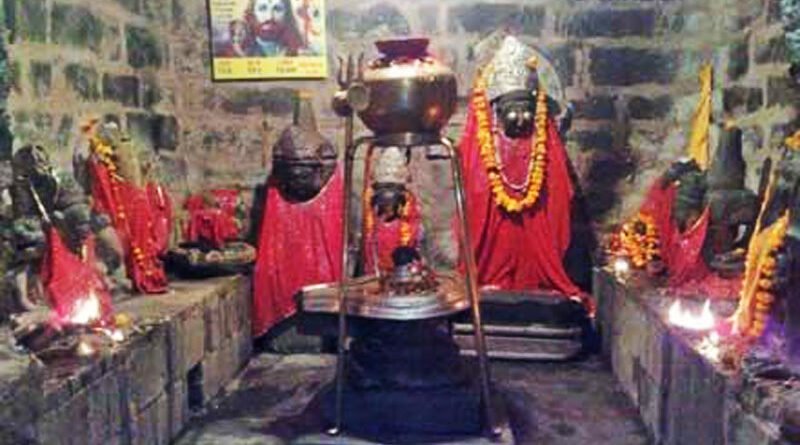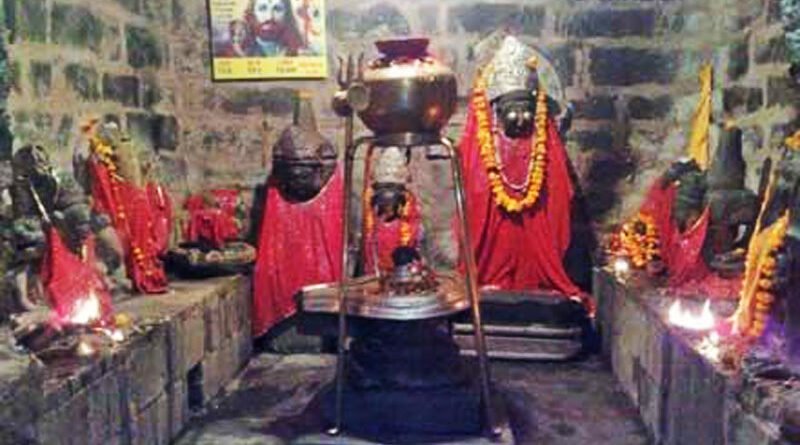MAHABILVAKESHWAR TEMPLE
Mahabilwakeshwar Temple or Harihara Temple, Billawar, Union Territory of Jammu and Kashmir
Billawar also known locally as Balaur is a tehsil in Kathua district located on the banks of Bhinni and Naaz rivers. This town is said to have been established by Raja Bhog Pal, a son of the king of Kullu Valley in 765 CE. Subsequently, the ruling family came to be called as Balouria deriving its name from Balaur. Billawar was an important centre in the ancient trade route from Haridwar to Kashmir.
The famed Mahabilwakeshwar temple formerly known as Harihara temple is located on the banks of the Bhinni river, a tributary of the Ujh river. Interestingly, the Archaeological Department has surmised that this temple, though built in the 10th century is actually much older based on the stones and architectural motifs.
Legend has it that this temple was built by the mighty Babruvahana, son of Arjuna. It is said that this place was a dense forest with Bael (Bilwa) trees found in abundance in the ancient times. The Pandavas who were passing by realized that this was a sacrosanct place and decided to spend their last days of exile in tapah (penance and austerities) seeking the blessings of Lord Mahadev. This place came to be known as Villapur or Belapur because of the plenitude of Bael trees. Locals say that the temple of Lord Shiva has been constructed in the same place where the Pandavas used to worship Lord Mahadev.
This temple is the most ancient temple dedicated to Lord Shiva in this area. The temple is severely damaged but the architectural and structural grandeur and decoration on both the exterior and interior surfaces is clearly visible. The temple is constructed on a plinth as a navaratha with a garbhgriha, an antarala and a mandapa reminiscent of the typical style prevalent in the northern part of India. The height of the temple is around 60 feet.
The shikhara is curvilinear with a lantern type ceiling. The temple is in ruins and the only surviving members in the mandapa are the base of four central pillars and twelve pilasters. The wall portions have niched shrines for Parsva Devatas on its central rathas and studded with dikpalakas and intricately carved floral motifs in the side rathas. The square sanctum sanctorum has a magnificent Shiva Linga and sculptures in black stone. The temple also has lovely images of Brahma, Vishnu, Panchamukha Shiva, Ganesha and Bhairava.
A porch and stairway were discovered during recent archaeological digs on the site. The temple is unfortunately crumbling but its age and sanctity is irrefutable.















